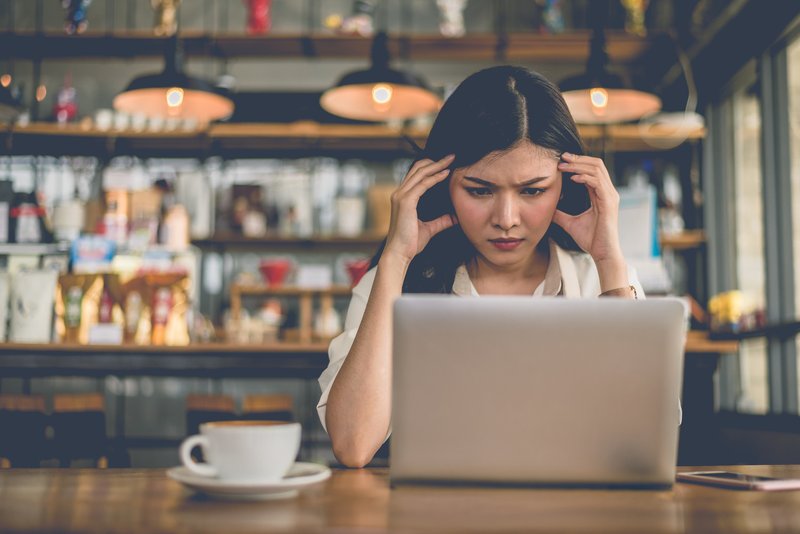
Jeff Toth—Marketing & Communications Specialist, IBAO
The modern workplace will likely be in a state of flux for some time, with certain businesses open, some working from home and some doing a mix of the two. That means more remote work and many more video meetings.
While the technology has allowed us to stay connected, video meetings aren’t a perfect solution. They short circuit a lot of natural elements of communication and have psychological effects that can potentially harm your productivity. But there are steps we can take to mitigate the negatives.
Video meetings can be quite exhausting—something we’ve all felt at times. This has come to be known as Zoom Fatigue and it happens for a few reasons. First, we’re forced to concentrate much harder than we do in person. In a gallery of forward-facing colleagues, the one person in profile looking out the window stands out and looks distracted. So we all try our best to stare straight ahead like the guards at Buckingham Palace. This is, of course, a draining way to have a conversation.
When you start to feel your attention flagging, hide the call and listen to the audio for a while. If you have a nice calming desktop image, look at that instead for a few minutes. Don’t use this as an opportunity to look at your inbox. It’s important that you don’t try to multitask during video calls, because this can make Zoom Fatigue worse. And if you’re hosting the video call, it’s a good idea to either plan a shorter meeting or if it has to be longer, build in quick breaks.
Know that if you’re feeling burnt out on a video call, you’re not alone.
There’s a psychological phenomenon called pluralistic ignorance that occurs when people wrongly assume that they feel different from their peers, when in fact many share the same unspoken feelings. When you think you’re the only one who’s getting mentally exhausted, it’s likely that many other people are too, but just like you they’re trying not to show it. If you’re feeling drained, suggest a break. It’ll probably be welcomed respite.
Another feature of video calls that contributes to mental exhaustion is seeing yourself as one of the participants. Studies have shown that we spend an inordinate amount of time looking at our own video window, critiquing our appearance and making adjustments to our posture, hair and facial expression. This is mental work we don’t normally do unless you conduct in-person meetings holding a hand mirror. Most video platforms have the option of hiding your video, which you should do as soon as you’ve set up your shot.
There are a lot of other factors that cause Zoom Fatigue we have no control over—the lack of physical cues that we subconsciously rely on, the challenge of deciphering who’s talking within a Brady Bunch-style field of faces, the stimuli of everyone’s homes in the background and in our own homes of family and pets. Since these hurdles will continue, the best solution is prevention. Try not to take video calls back-to-back. Opt for smaller meetings with fewer participants when possible. Or better yet, do an audio-only call. We may even be best served going back to some unfashionable technology—the phone.
AVOIDING ZOOM FATIGUE
- Hide the video temporarily to give yourself a short break
- Don’t multitask during video calls
- When hosting, keep it short of plan for regular breaks
- Hide your own video
- Avoid back-to-back video calls
- When possible, do audio-only or phone calls instead
